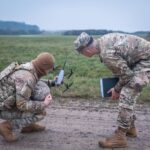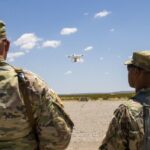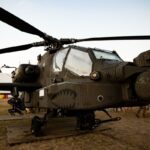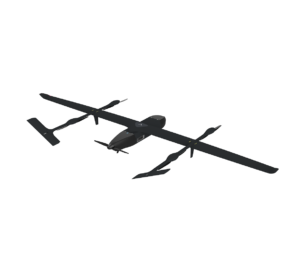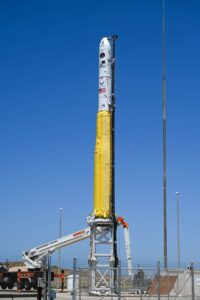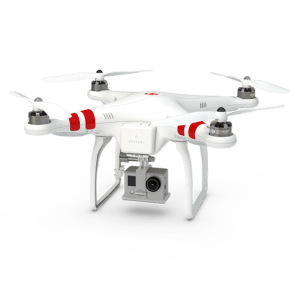
The Army last week issued a Request for Information seeking solutions that can detect, track, identify and or defeat swarms of small unmanned aircraft systems (sUAS) and is planning to host a demonstration next summer of potential systems in a live fire environment. The Joint Counter-sUAS (C-sUAS) Office (JCO) and the Rapid Capabilities and Critical Technologies Office (RCCTO) said that the demonstrations may lead to awards for prototype projects that would be operationally field tested to learn more about their…

 By
By 
